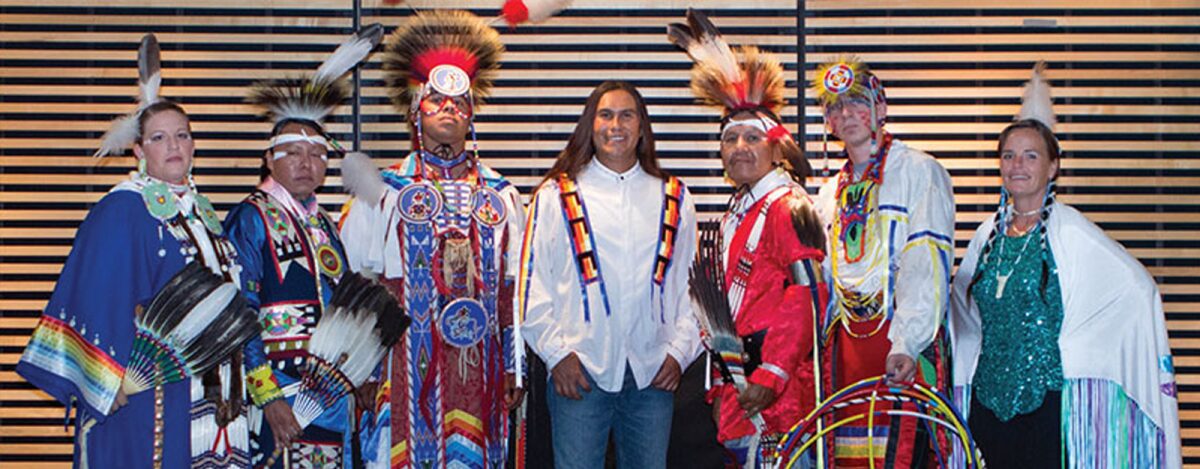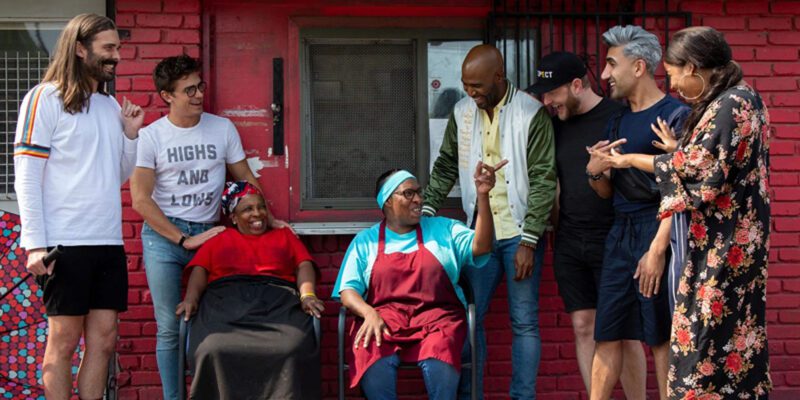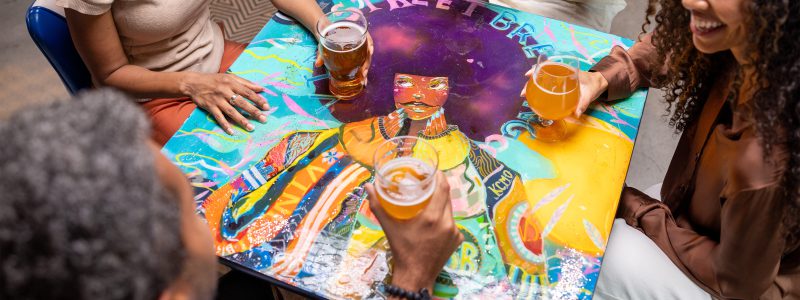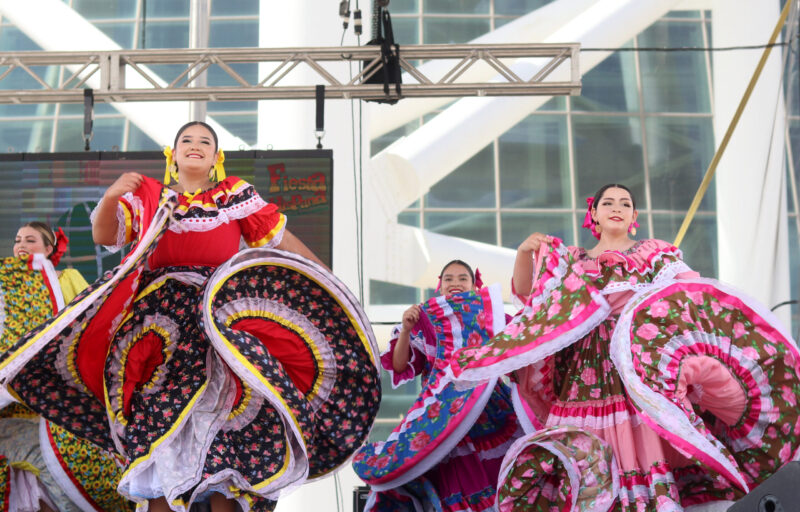The Kansas City area has been home to the American Indian community thousands of years, the region’s oldest ethnic population.
History
Until 300 A.D., the Hopewell tribe hunted the area around Kansas City. The Mississippi tribe occupied the area between 760 and 1290 A.D. These tribes, which were stationary, were joined by the tribes of Kansa, Osage, Otos and Missouri. They spread over the states of Kansas, Missouri and Nebraska and depended on the large supply of buffalo and wild game for their sustenance.
In 1825, the federal government forced the Kansa and Osage tribes to give up their land along the Missouri River and move to reservations in Central Kansas. There are no reservations in Missouri; in Kansas, the Kickapoo and Pottawatomie tribes have federally recognized reservations.
The Wyandot tribe, whose original lands extended along Lake Ontario, had steadily moved west following a bloody conflict with the Iroquois. In 1842, the Wyandot were removed from their lands in Ohio with the lure of 148,000 acres of free land west of the Mississippi. The promise was an empty one. The Wyandot eventually were awarded a tract of land by the Delaware tribe at the mouth of the Kansas and Missouri rivers. The tribe bought additional acreage and platted Wyandot City, which later became Kansas City, Kansas.
The influence of the Wyandot is everywhere in the area, from the namesake of Wyandotte County to such street names as Sandusky and Tauromee. The Huron Indian Cemetery is a nationally recognized historic site. The Oklahoma branch of the Wyandot maintains land in the area, where a new casino is helping generate income for the tribe. In 1999, the Wendat Confederacy was re-established, which began reconciliation of the diverse branches of the tribe.
An Act of Congress in 1924 allowed American Indians to leave the confinement of the reservations. Increasing numbers of Native Americans began to move to cities after the end of World War II in search of economic opportunity. In the last 10 years, the Kickapoo and Pottawatomie tribes have successfully begun several Indian-owned and operated corporations to bring economic stability to their tribes.
Currently there are more than 98 American Indian tribes in the Kansas City area.
Resources
The American Indian Council was formed in 1972 to promote economic self-sufficiency, cultural awareness and preservation for American Indians and Alaska Natives. This employment and training system establishes and maintains educational, cultural, economic, recreational and health conscious programs for American Indians.
The American Indian Council sponsors Christmas dinners, Toys for Tots and Back Pack Day for the American Indian community. On these occasions, the attendance is more than 200 American Indian families. They have sponsored an “American Indian Symposium” each year since 2004.
The Kansas City Indian Center was formed in 1971. It operates as the Kansas City area’s largest social service agency for Native Americans. It has the distinction of being the oldest continuously operated Native American center (of 46 such operating centers) in the nation. The Center began as a social club called the Council Fires of Greater Kansas City. With funding from the Great Society under President Lyndon B. Johnson, the center became a nonprofit entity in order to receive federal, state and local grants for poverty-oriented social programs.
Haskell Indian Nations University began as an industrial training school in 1884 for Native American children. Twenty-two American Indian children entered its doors in Lawrence, Kan., to begin an educational program focused on agricultural education for children in grades one through five. Today, Haskell has an average enrollment of more than 1,000 students each semester and continues to serve the educational needs of American Indians and Alaska Native people from across the United States.
The Huron Indian Cemetery, established in 1843 after the forced migration of the Wyandotte Nation from their traditional homes in the Great Lakes area, sits peacefully in the heart of the Downtown KCK. Adjacent in the old Scottish rights temple is the Wyandotte Nation Casino.
The Shawnee Mission was one of many missions established as a manual training school attended by boys and girls from Shawnee, Delaware, and other Indian nations from 1839 to 1862. Visit this 12-acre National Historic Landmark located at 3303 West 51st Street in Fairway Kan., and learn the stories of those who lived there.




